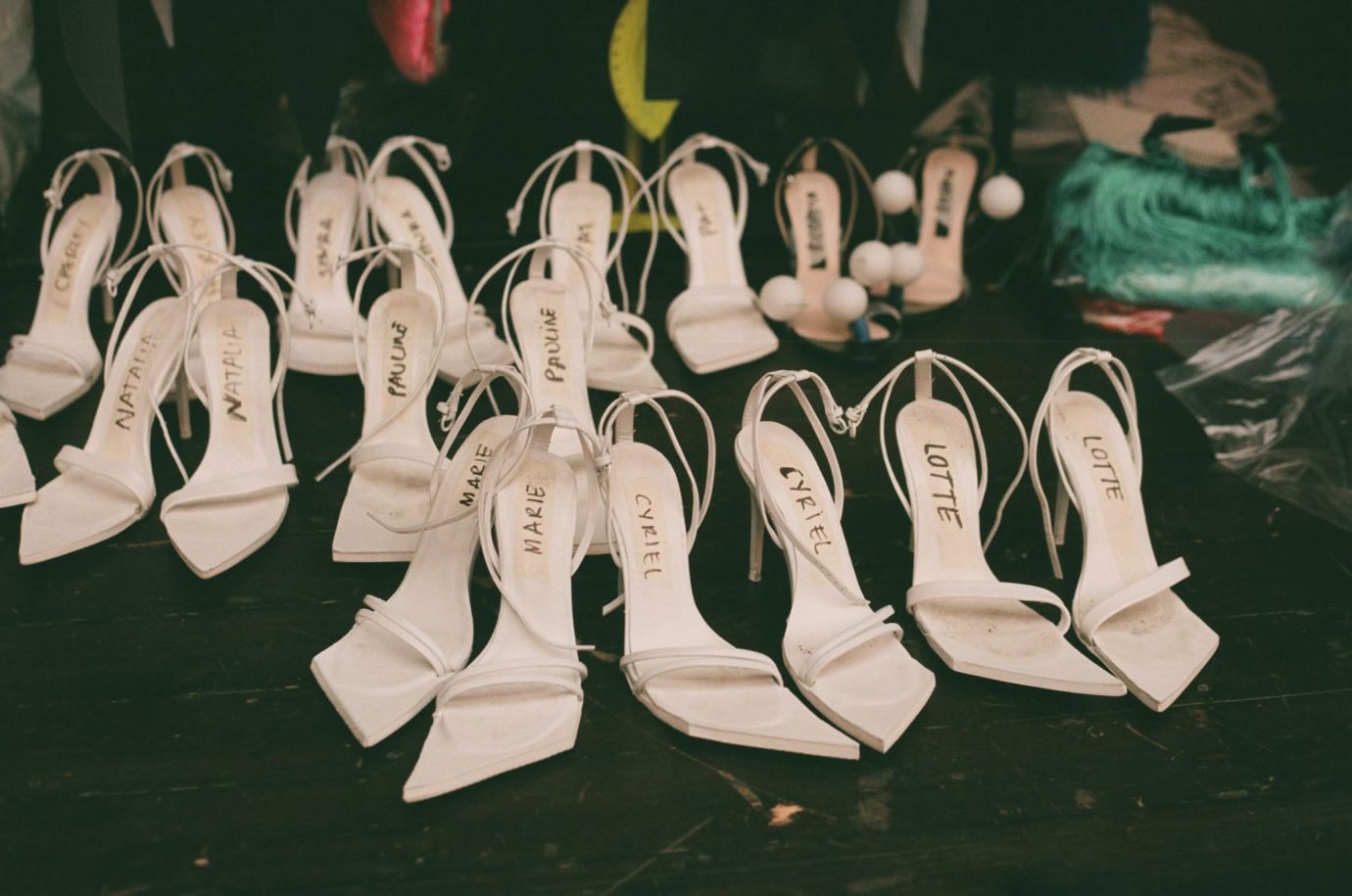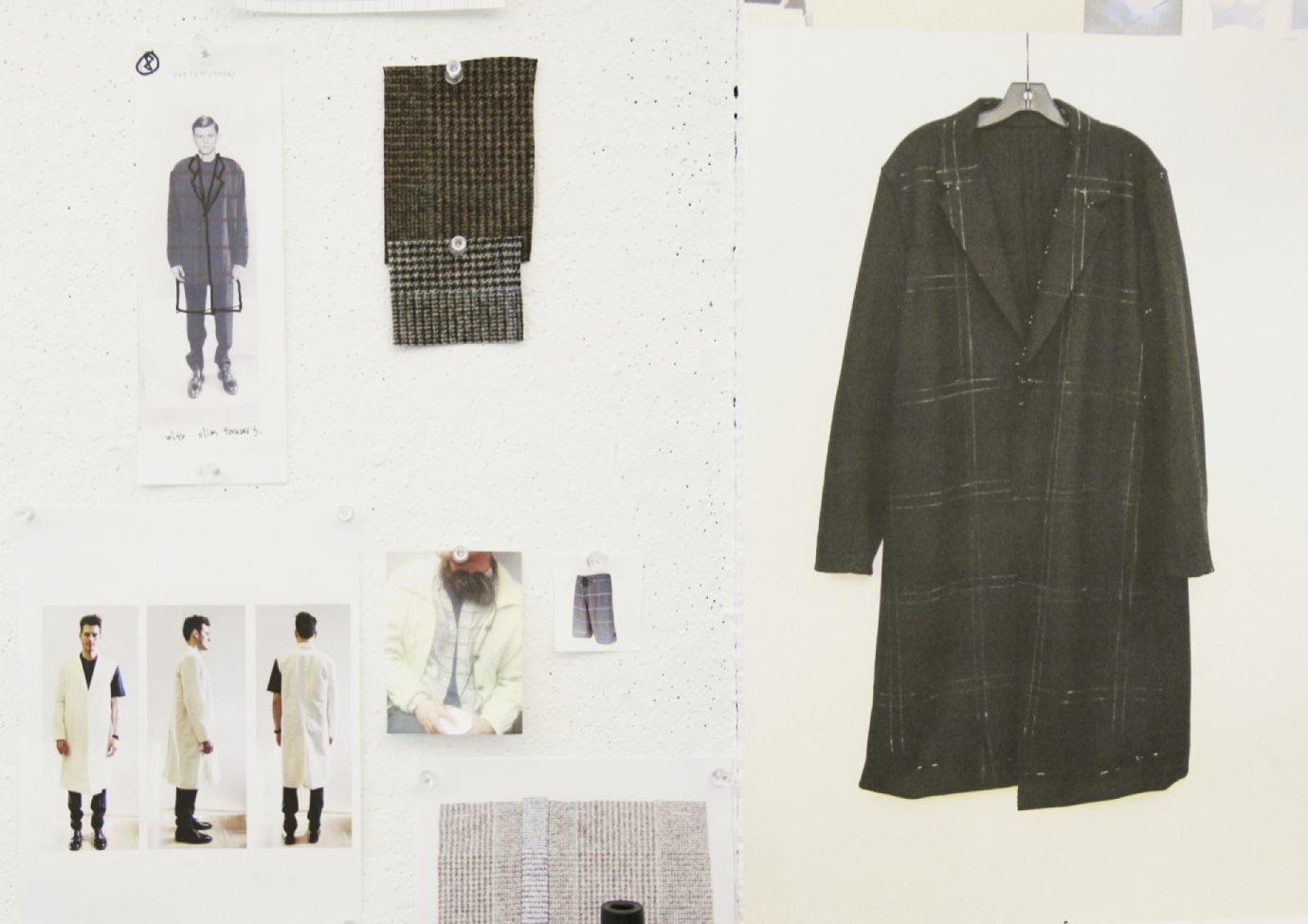The Cut posted an article titled What It’s Really Like to be Black and Work in Fashion by Lindsay Peoples Wagner. The article outlined the institutional workplace suppression of black creative voices in the industry. The feeling of being overlooked as a black creative in fashion is not an elusive one; it is reflected in the workplace and in the images we see on billboards on Lafayette and Houston streets.
After reading the piece, I reflected on my journey as a designer and my decision not to go to Parsons for financial reasons. I wondered what my life would look like if I had been able to afford an opportunity like Parsons and if the debt would have been ‘worth it.’ The main proponent of my decision not to go was because, like many private art institutions, Parsons did not offer need-based aid to its incoming students through the university. This problem is not uncommon amongst universities like Parsons; students from low-income backgrounds must either decide to be saddled with astronomic amounts of debt, or to not attend at all.
In the U.S. Department of Education’s student aid overview for the fiscal 2018 year, they outlined a proposal for reforming campus-based aid to better serve low-income students: “While all schools are eligible to participate in the campus-based aid programs, antiquated statutory formulas with stringent hold-harmless provisions have resulted in institutions receiving allocations that reward them for high tuition prices, do not reflect the population of Pell-eligible students attending the institutions, and fail to consider whether the institutions are a good value for students.”
Pell grants are a federally funded financial aid program awarded to students seeking undergraduate degrees with extreme financial need. Many of these students (myself being one of them) are students of color. The U.S. Department of Education’s budget proposal aimed to redress the issue of Pell Grant eligible students attending tuition-heavy universities by mitigating tuition costs through increasing Pell Grant funding and introducing year-round student eligibility. Between 2015 and 2016 Parsons had 22% of its student body receiving federal Pell grants, Pratt had 21% and FIT had 26%. Many of these financial aid resources help students from low-income backgrounds afford higher education.
In our current US economy, college tuition costs are rapidly rising while pay for entry-level work and hourly pay rates are declining in relation to the cost of living. Of the sampled data from 2013-2016 by the New York Department of Labor, the average salary for an entry-level fashion design position was $45,950 before taxes. The minimum hourly wage being $13.00 per hour set to increase to $15.00 by year-end 2018. Compare that data to that collected by the Institute of College Access and Success: the average cost of attendance from 2015-16 at Parsons was $66,326. However, Pratt’s total cost of attendance during that same year was $62,882 with 58% of students with student loan debt averaging at $35,678 per student before interest.
Given that standard student loan repayment is paid out over a ten year period, the monthly payment would be about $360 per month to be paid over 120 months. Couple that figure with the average cost of living of $1,250 ($2500 average for a 2 bedroom in Brooklyn) before utilities and your base expenses will average out at $1,610 per month for student loans and rent alone; with your net income at $2,756 per month should you gain full-time salaried employment. Those figures do not include utilities, transportation, money for your savings account, food, or money to fund your own creative projects. Nor do these figures reflect the inconsistency and often times low pay of freelance income. In the end, this speaks to a larger systemic issue of the unaffordability of higher education in the US at large. It also strikes another pressing chord about the inaccessibility of creativity and creative careers to young people of color.
Many arts programs of which are being cut severely (like in my home state of Kentucky) in high schools are the impetus for students to consider a creative career path; without them where are they to go? A majority of these programs do not exist in schools that serve large demographics of low-income black and brown students. How do we nourish the creativity of those students in the same ways we do with students that have access to schools with vast arts programs in private schools or through private tutoring? Not having access to arts programs plants the seed of inaccessibility in the lives of many; it homogenizes our classrooms, workplaces, and passions. It tells us that creativity is a luxury and not a freedom.
Having creativity as an outlet for pain or experienced trauma is important for everyone. Alexander McQueen expressed his battles with depression through his work. Many of his last collections (notably Fall 2008) were tinged with such a sadness, a resounding commentary on how everyday realities can subvert the mind to dark places. People (especially people of color) from low-income backgrounds face a number of systemic obstacles; housing inequity, living in communities with higher crime rates, restricted access to proper health resources, living in broken homes due to family members that have fallen victim to the school-to-prison pipeline, to name a few. Arts programs allow students from these communities outlets to express themselves and to turn trauma into something beautiful.
Research gathered by The Collaborative Rhode Island, a research organization aimed at helping Rhode Island policymakers enact informed decisions about public education provided data that showed “a 10 percentage point increase in the share of students participating in educational after-school activities causes juvenile crime to fall by 4.2% on average and by slightly more – 5.4% – in lower-income cities.”
It is important to note that the first step in addressing industry racism and inequity is to upend the stereotypes and narratives that people of color do not need creativity to thrive. That is false. Allowing opportunity for young creatives of color to participate in arts is key to their developmental growth. Investing more in arts in low-income communities costs us less financially and in human capital than our governments using tax dollars to fuel public and private prison systems that tear apart our communities. Furthermore, through investing in arts in low-income communities we will begin to create a pipeline for success amongst young creatives of color who wish to be in fashion.
When I was in high school I was imbued with the rhetoric that it is not about where you go to school but about what you do with your education that matters once you graduate from college. Will that idea ever be true when we live in a system that financially restricts access to arts education to minority students? Not having access to institutions like Parsons or Central Saint Martins because of financial feasibility interrupts one’s connectedness to the industry. Fashion is a network of institutions that is tight-knit and exclusive; many companies only hire applicants that have attended these institutions.
There are many articles that aim to address the lack of diversity amongst fashion designers in the industry. Often noting that opportunities evade creatives of color due to subconscious biases in the workplace— that is true. However, it is also true that we feed these narratives not only by not giving people of color room at the table, but by not letting them know that the table exists for them to sit at. It is impossible to have a playing field with the smallest semblance of equity when those who wish to participate are not given opportunity. Fashion is about access, there are the haves and the have-nots. Those that have dictate what happens to those that do not; a narrative that speaks to generations of historic inequity, which transcends fashion.
The first step is to address the problem of those who are responsible for bringing talent to our schools and workplaces. We must go out of our way to find students of color who can thrive in our environments and benefit from the education our institutions might provide. Get uncomfortable and address unconscious and implicit biases (try taking this test to start) in your workplace and classrooms. We have to have frank conversations about the unconscious and conscious biases of human resources departments that base their hiring strategies on Linkedin profile images. Give them training on how to navigate race and ultimately hire human resources associates who represent the diverse workforce you wish to create.
We are at a time where we have a choice. We no longer are forced to survive in a system that refuses to reckon with its antiquated ways of not addressing social and societal issues that plague it to its core. We cannot just make room at the table for one and pretend that it is enough to provoke true systemic change. We must ask how we are affecting classrooms, access, and opportunities that allow for more designers and creatives of color to rise at the same rate and in the same ways as those who are not.









